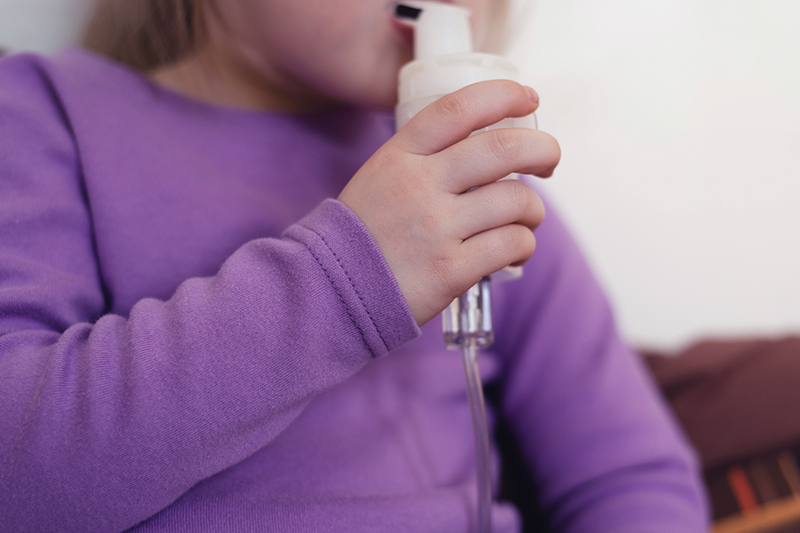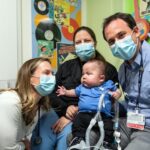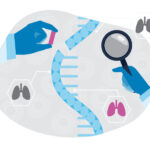Study seeks to identify household triggers for chronic lung disease in children

Home is where the heart is, but it’s also where air pollutants, allergens, and other irritants can make breathing difficult for children with the chronic lung disease bronchopulmonary dysplasia (BPD).
BPD is the most common respiratory disease affecting children who were born prematurely. It leads to impaired lung function and respiratory symptoms similar to those associated with asthma: wheezing, coughing, and difficulty exercising.
Few researchers have closely examined the factors behind long-term respiratory illness in children with a history of BPD — but now an ongoing study of 240 households by Boston Children’s Division of Pulmonary Medicine aims to determine exactly how indoor air quality and environmental factors contribute to a decline in lung function.
Children with BPD who have breathing difficulties are often treated the same way as those with asthma, says Jonathan Gaffin, MD, MMsc, director of the Severe Asthma Program and the study’s lead investigator. “But there haven’t been many conclusive studies to prove that’s the right way to do it.” To better understand the treatment of BPD patients, he says, pulmonologists first need to determine what triggers their respiratory symptoms.
A thorough review of pollution in the home
Working with the Harvard School of Public Health, Gaffin and his research team visit Boston-area homes to assess potential triggers in 6-to-12-year-old children who developed BPD after being born prematurely. The team collects environmental samples from the children’s bedrooms with a vacuum and returns a week later to collect data from an air pollution monitor that tracked elements such as nitrogen dioxide, particulate matter, mold, air temperature, humidity, and allergens from pets, mice, and insects. On that second visit to a home, they also have the child perform a breathing test.
Gaffin expects that, taken together, the breathing test and data will show the effects of such environmental elements on a child’s symptoms and lung function. “We can really understand how they may be reacting to their home environment,” he says. The team visits a home in two different seasons because environmental factors can vary in warm and cool weather. Families with children who have BPD are encouraged to participate in the study.
Information that could lead to targeted treatment
Previous research by Gaffin suggested that when children with BPD are exposed to particulate matter — including PM 2.5, particles in the air that are 2 1/2 microns or less in width — they have more severe symptoms and impaired lung function than when children with asthma are exposed to the same indoor pollutant.
Gaffin hopes the study, which will conclude in two years, will give pulmonologists solid information to help families better manage indoor pollution. He also hopes the results will jumpstart further research about which targeted treatments and interventions can best help children with BPD.
“The families in this study are very motivated to participate because the parents recognize their children were vulnerable at birth,” he says. “And they know their child will have more vulnerabilities throughout life and there hasn’t been a lot of research in this area. They want to help.”
Refer a patient to participate in the AeroBPD study, and learn more about the Severe Asthma Program.
Related Posts :
-

Optimizing care for bronchopulmonary dysplasia, infant by infant
Preterm newborns with bronchopulmonary dysplasia (BPD) can require ongoing mechanical ventilation to support their lungs. But babies with BPD aren't ...
-

Bringing Xavien home: One family’s journey with bronchopulmonary dysplasia
Xavien Velazquez is getting ready to celebrate his first birthday. It’s a milestone for every child but especially meaningful ...
-

Cell therapy for lung disease? Proof-of-concept study shows promise
Many serious pulmonary diseases, including genetic lung diseases, lack an effective treatment other than the most extreme: lung transplant. A ...
-

Addressing inequities in asthma by focusing on children’s environments
Asthma strikes children in low-income urban areas especially hard, more often sending them to the hospital. For more than 20 years, ...





